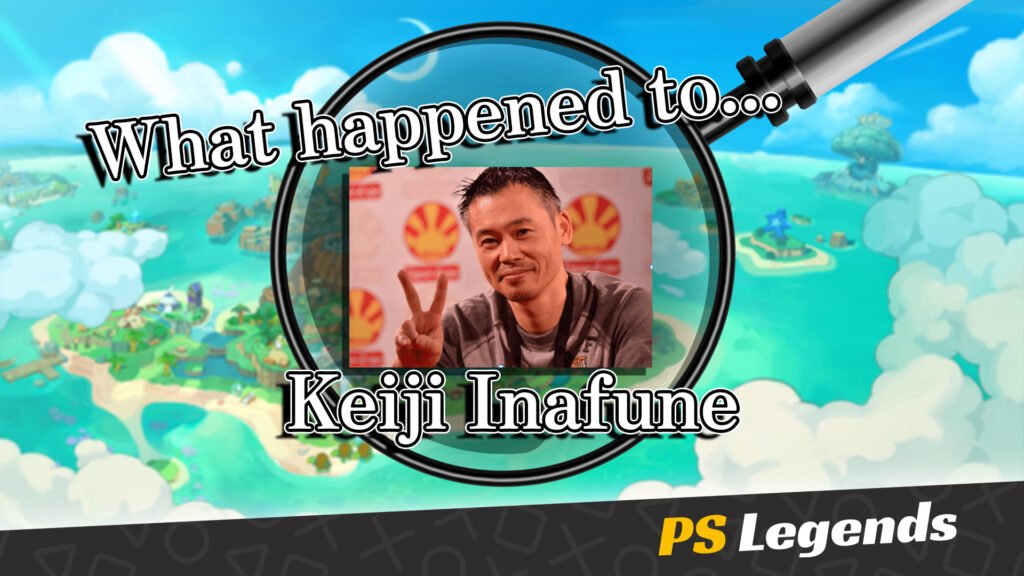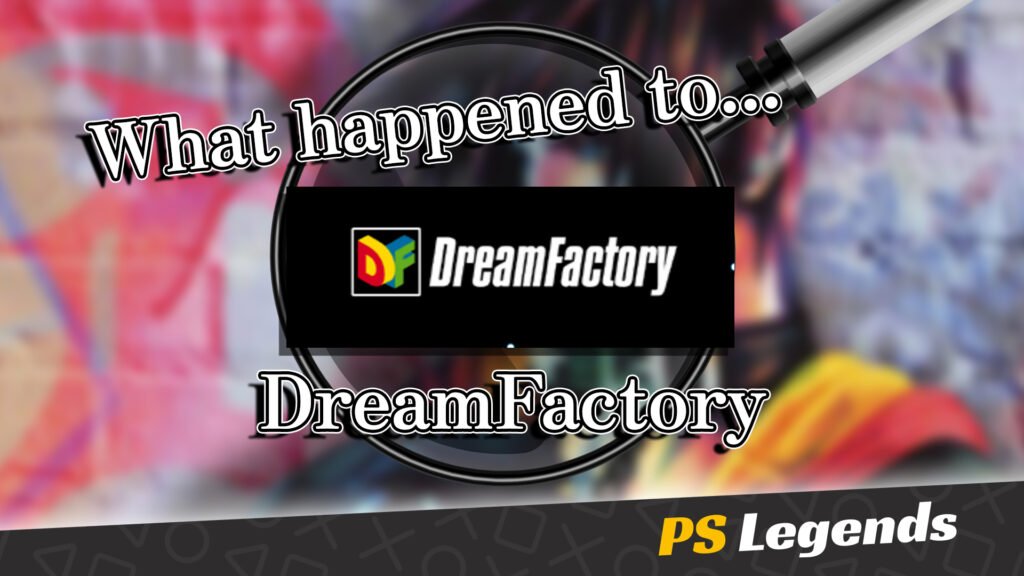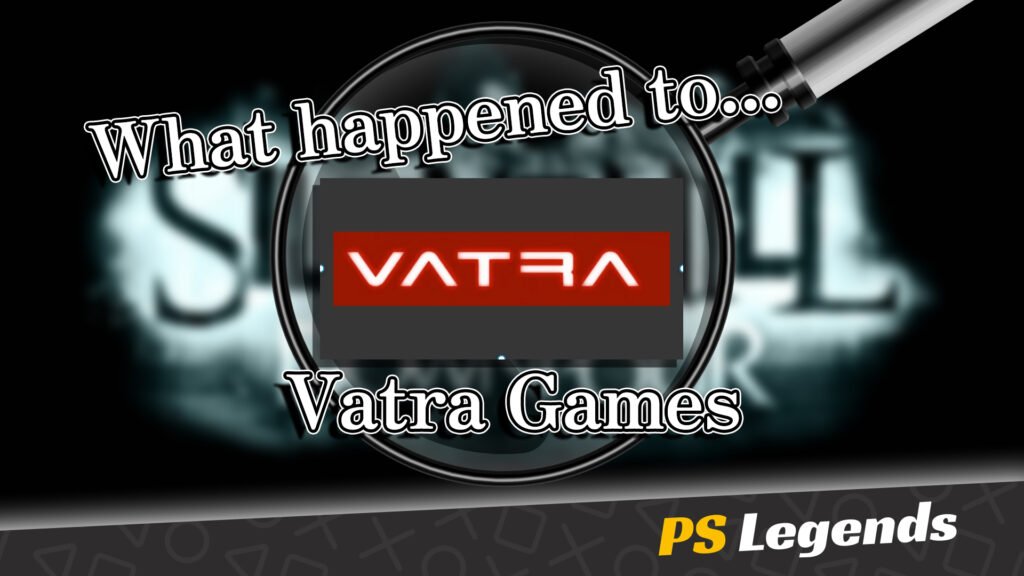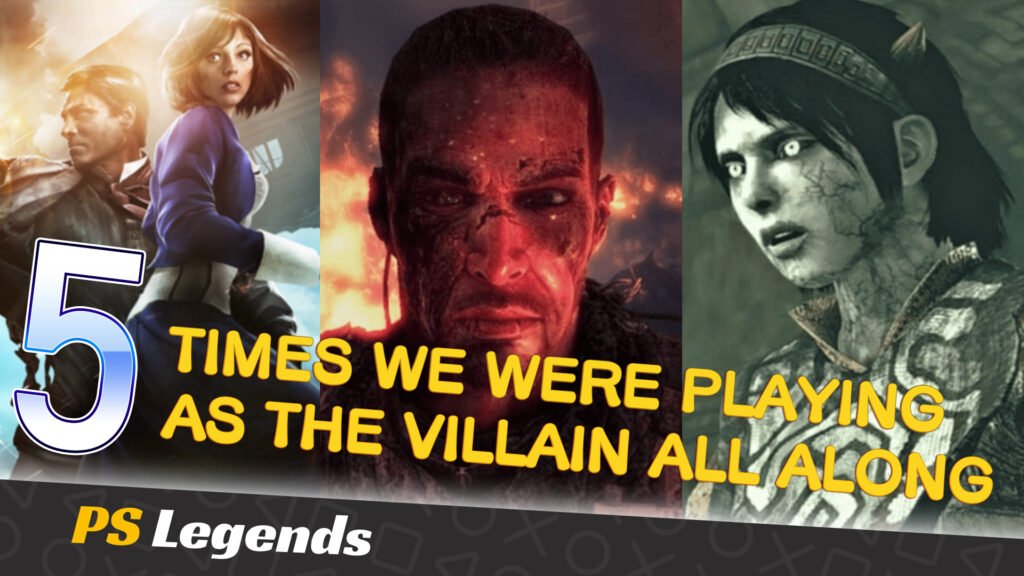The Artist
Keiji Inafune is a Japanese game producer, character designer, game designer, and businessman. He was born on May 8th, 1965, in Kishiwada, Osaka. At an early age, his fondness for art fused with his later growing interest in video game design. He received a degree in graphic design in 1987 from the Osaka Designers’ College.
Soon after graduating, the 22-year-old Inafune joined the Capcom corporation in 1987, in search of a job as an illustrator. Inafune had initially wanted to join Konami, but Capcom was much closer to home. In many early game credits at Capcom, he is credited under the name “INAFKING”, which he got by combining the name “Snufkin” from the anime series Moomin, with his own name.
The first two titles Inafune worked on at Capcom were Mega Man for the Famicom and the original Street Fighter for arcades, both of which were released in 1987. For Street Fighter, Inafune drew character portraits for the game. For Mega Man, Inafune designed several minor enemy characters, and also designed the boss character “Elec Man”, who was the first original game character that Inafune designed. Inafune had tried to design him in the image of a popular American comic book character.

Mega Man Begins
Exploring his talents at Capcom, Inafune also drew the Japanese box art, promotional illustrations, and worked on in-game animations and pixel art. Director Akira Kitamura created the original static pixel art sprite for Mega Man, after which the pixel art was handed over to artist Inafune, who created a refined illustration of the character. Inafune refers to this process as “like a reverse character design”, clarifying his role in the creation of Mega Man, and referring to Kitamura as “My mentor”.
For Mega Man 2, Inafune would upgrade early sketches from concept artists and transform them into professional designs. By Mega Man 3, Inafune was not only doing character designs, but was also heavily involved in the game design aspects of the series. Capcom set on the development on a new series for the Super NES, Mega Man X, which continued the plot of the original series, but took place 100 years after the previous storyline.
Inafune designed protagonist ‘Zero’ for the Mega Man X games, as well as two of the bosses. He commented that “I realised that this design wouldn’t be accepted as Mega Man, so I had another designer create the new Mega Man, and I worked on Zero to release him as the ‘other main character’ that would steal all the good scenes!” Inafune would also contribute character designs for Mega Man 7, which was released in 1995.
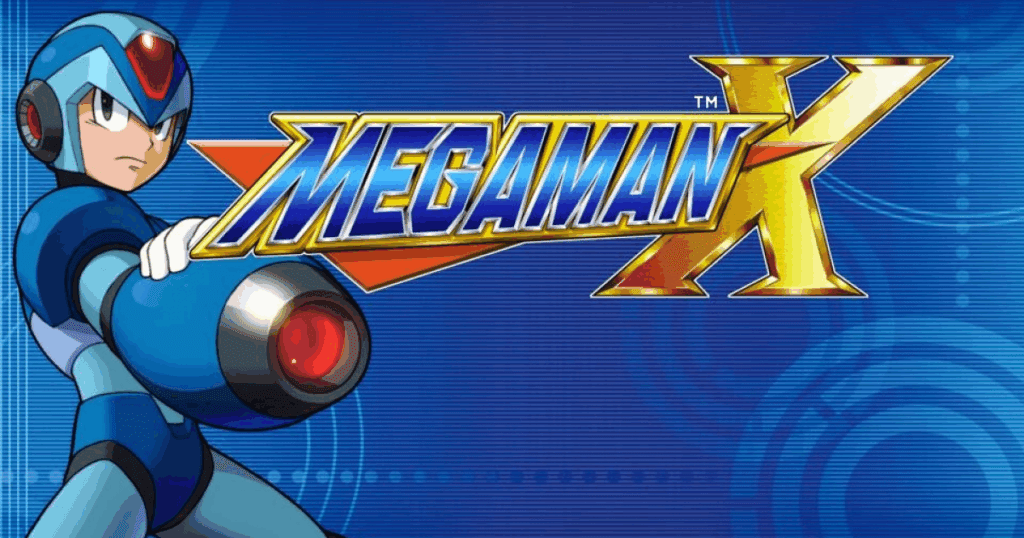
Capcom’s New Producer
Following the departure of Capcom’s long-time producer Tokuro Fujiwara, Inafune was made producer for the next Mega Man title, Mega Man 8 in 1996. After an internal restructure at Capcom, Inafune became the general manager of Capcom Production Studio 2 in 1998. He produced the 3D Mega Man Legends series after receiving requests from Sony to develop 3D Mega Man games exclusively for the PlayStation.
Inafune claimed it was difficult to promote the game, as there was little media interest in yet another Mega Man title. However, Inafune was the promotion producer for Resident Evil 2, which in contrast, had a huge international interest and was an easy game to sell. Originally, Inafune had intended to end the Mega Man series with Mega Man X5, however Capcom chose to continue the ‘X’ series without him, extending it to Mega Man X8.
Instead, Inafune would move on to other projects which piqued his interest, including the well-received samurai series, Onimusha, which spawned several sequels. Inafune would also return to Mega Man as producer for the Mega Man Battle Network series, which is set outside the continuity of the rest of the Mega Man storylines and introduces role-playing and strategic elements.

And Then There Were Zombies
In 2006, Inafune saw a swift promotion from ‘corporate officer’ to ‘senior corporate officer’. Inafune and his team’s next creation was Dead Rising for the Xbox 360. Dead Rising, initially started as a sequel to Shadow of Rome, with the same team members, before changing the concept entirely. The game is a zombie-slaying title heavily influenced by George A. Romero’s 1978 movie Dawn of the Dead. The game released in August 2006.

Inafune was a producer for Inti Creates’ game Mega Man ZX, and the sequel Mega Man ZX Advent. He had the idea of going back to the simple gameplay of the original Mega Man series for future games, beginning with Mega Man 9. The game was developed by Inti-Creates along with Capcom, and Inafune contributed designs for the project. The game was followed up by a similar sequel, Mega Man 10, in 2010.
Producer Yoshinori Ono pitched Street Fighter IV to Inafune, who was head of R&D at the time. Inafune approved the project due to the positive reception of Street Fighter II’ Hyper Fighting on Xbox Live Arcade and fan interest. Street Fighter IV was released first in arcades in Japan in 2008, and then on home consoles in 2009. The original console version of Street Fighter IV went on to sell 3.4 million copies.

Going Global
Inafune was a producer for Dead Rising 2, and opted to hire Canadian developer Blue Castle Games as the developer rather than having it produced in-house at Capcom like the first game. The game was released in 2010. In addition, he made his director debut in the short film series Zombrex: Dead Rising Sun. On April 22nd, 2010, it was announced that Inafune would be Capcom’s Global Head of Production.

Inafune stated “I want to end comments that Capcom games made in Europe aren’t really Capcom games […] I will be the one overlooking it and so it will have that Capcom flavour that fans know and love.” Surprisingly, Inafune would also voice negative opinions regarding modern Japanese game developers, stating that they are behind western developers in innovation. He also said “I look around Tokyo Games Show, and everyone’s making awful games; Japan is at least five years behind.”
In 2012, Inafune defended Phil Fish’s statements criticising modern Japanese video games, saying: “It’s very severe, but very honest.” At the San Francisco Game Developer’s Conference, Inafune again disparaged the state of Japanese gaming. He said, “Back in the day, Japanese games were used to winning and were used to success. We celebrated all sorts of victories. However at some point, these winners became losers. Not accepting that fact has led to the tragic state of Japanese games today.”

Bold Opinions, Bold Ambitions
On October 29th, 2010, Inafune announced on his blog that he would be leaving Capcom with the intention of “starting his life over”. He had been with the company for 23 years. In an interview with 4Gamer, he stated “The reason why I’m quitting is basically because I think that the game industry itself must change the way it goes about making games,”. He cited that job security and big budgets create complacency among staff.

On December 15th, 2010, Inafune launched a new company called Comcept, based in Osaka. Comcept was a design and production studio, which does not develop games internally, but rather pairs up with studios to co-develop them, and was to work on additional media outside of games. In January 2011, he launched another new company called Intercept, based in Tokyo, which would focus on indie game development.
Inafune’s guiding philosophy behind Comcept was to work on multiple games at once, work on ideas they themselves created, and to have flexibility of doing multiple genres. Inafune cites the need for flexibility as being necessary for the company to survive. During his time at Comcept, he was often given the credit of “Conceptor” on the games he has worked on. In December 2011, Inafune also became Representative Director of DiNg, a smartphone game developer.

A Rocky (Re)start
One of Comcept’s earliest works was the PSP otome game Sweet Fuse: At Your Side, which was co-developed alongside Idea Factory. The protagonist of Sweet Fuse is Saki Inafune, a fictitious niece of Inafune. Inafune appears in the game with his likeness and name, with his kidnapping serving as a plot device. Despite finding some positive review scores, the studio’s next wave of games would see problematic releases.
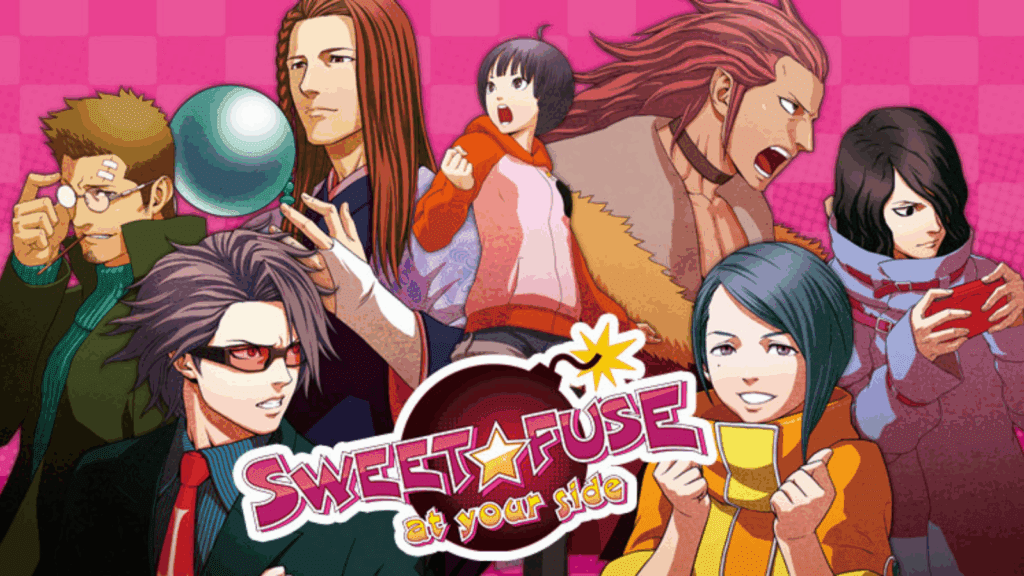
Intercept began work on the game Kaio: King of Pirates, in 2012. Set for a release on the 3DS console, it was a pirate themed game loosely based on the iconic Journey to the West. The game was cancelled in 2015 by publisher Marvelous Inc and they lost 461 million yen (roughly US$3.8 million) on the project. Ninja Gaiden spin-off game Yaiba: Ninja Gaiden Z came next. It was a collaboration between Comcept, Team Ninja and Spark Unlimited. It released in 2014 to both poor sales and poor reviews.
Inafune would defend Yaiba: Ninja Gaiden Z, claiming poor timing is to blame for the sales, as players were transitioning to the PlayStation 4 console. He also praised the title’s gameplay. The studio was now facing financial troubles from failed releases, and Inafune would reach out to supporters for aid. On August 31st, 2013, Inafune started a Kickstarter project for a game Comcept and Inti-Creates were working on that was a spiritual successor to the Mega Man series, known as ‘Mighty No. 9’.

Mighty No. 9
After multiple delays, Mighty No. 9 was released in 2016 and was met with a mixed critical reception. A livestream on the Twitch platform was done during the release of the game by Inafune’s personal translator, Judd. Judd added that he thought the game’s problems stemmed from doing all the ports of the game and the base game at the same time, and that they had under-estimated the amount of work the project would require.
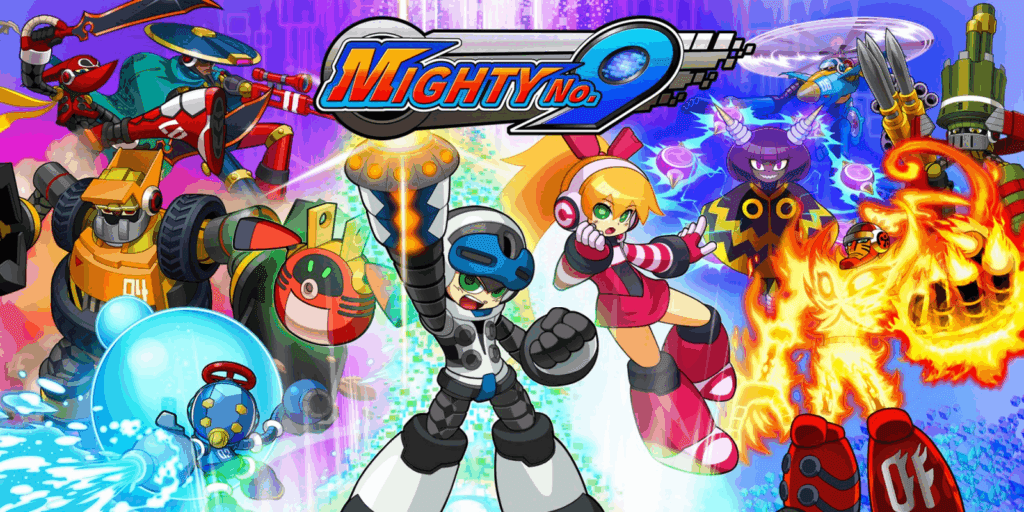
You know, I want to word this in a way to explain some of the issues that come with trying to make a game of this size on multiple platforms. I’m kind of loath to say this because it’s going to sound like an excuse and I don’t want to make any excuses. I own all the problems that came with this game and if you want to hurl insults at me, it’s totally my fault. I’m the key creator. I will own that responsibility.“
Translated from Keiji Inafune
At Electronic Entertainment Expo 2015, it was announced that Inafune was working with Armature Studio to make a new game for the Xbox One called ReCore. On July 4th, 2015 Inafune announced that he was once again using Kickstarter to fund a Mega Man Legends spiritual successor along with an anime based on the game called ‘Red Ash’, which failed to reach its funding goal and was later abandoned.
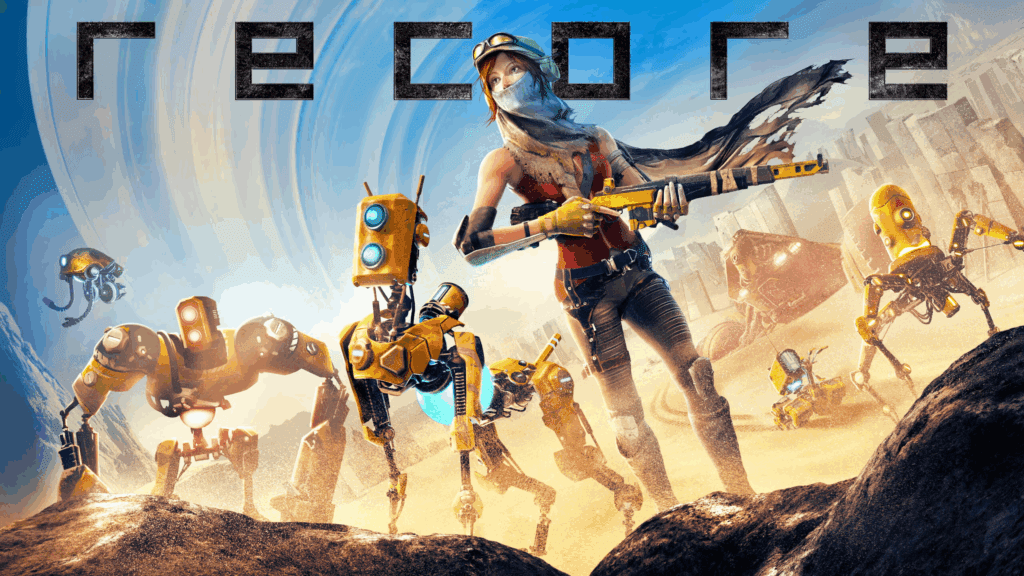
A Second Chance
Comcept was now running on limited resources and the company’s future was not secure. However, in June 2017, Comcept was purchased by Level-5 and became ‘Level-5 Comcept’, with Inafune becoming its chief communications officer. The revived studio would begin with simpler mobile games, starting with Fantasy Life Online in 2018, and followed by the problematic Dragons & Colonies which launched in June 2019 and ran intermittently until its shutdown in February 2020.

The studio then returned to console gaming, releasing Yo-kai Watch Jam: Yo-kai Academy Y in 2020 for PlayStation 4 and Switch. This was followed by Megaton Musashi in 2021, again for PlayStation 4 and Switch. The team’s next project would be its most ambitious to date, seeing Fantasy Life i: The Girl Who Steals Time launch on all current systems in 2025, however Inafune would not stick around to see the launch.
Inafune had a different direction planned for Fantasy Life i and had regular disagreements with Level-5 executives regarding the game’s direction, forcing development to restart twice. In March 2025, Level-5 announced that Inafune had quietly left Level-5 Comcept in 2024 when the workspace was restructured as the ‘Level-5 Inc. Osaka Office’. Inafune then became an executive officer of Rocket Studio where he continues to work in similar secrecy. His current projects are presently unknown.

